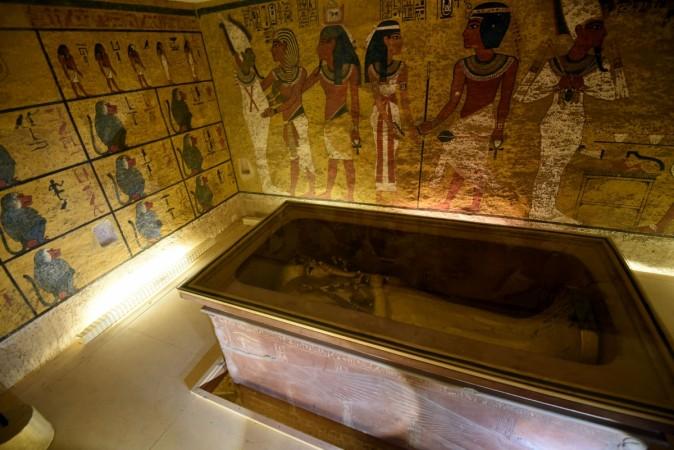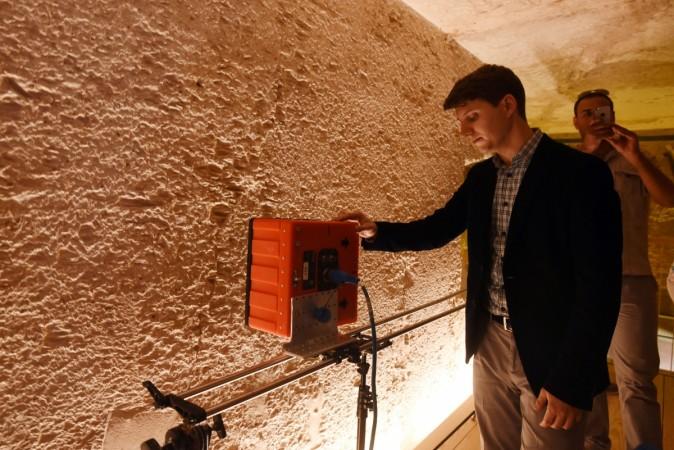
There are no secret unexplored hidden chambers inside the famed Pharaoh Tutankhamen's burial site, at the Valley of the Kings. Stories and myths surrounding the teenage king have been laid to rest, once and for all.
Using ground-penetrating radar (GPR), experts scanned the walls of the tomb to see if there are any more chambers built into it, possibly hiding artifacts and more treasure, but they found nothing, reports the National Geographic. A statement of the finding was released by the Council of Antiquities where they confirmed their findings.
Investigations of the chambers began about three years ago, notes the report, when Egyptologist Nicholas Reeves came up with the idea that behind King Tut's tomb lies the tomb of legendary Queen Nefertiti, a ruler from the 18 dynasty. Tut's tomb is about 3,300 years old.
Before this year's radar study, there were two other attempts to look for passages leading to ancient burial sites, notes the report, but they were inconclusive. The most recent look into the tomb was carried out by the Polytechnic University of Turin with support from the National Geographic Society and this was the most comprehensive study of the tombs till date.
"We conclude, with a very high level of confidence, that the hypothesis concerning the existence of hidden chambers adjacent [to] Tutankhamun's tomb is not supported by the GPR data," states the scientific report submitted Franco Porcelli of the Polytechnic University of Turin to Egypt's Minister of Antiquities.
GPR is a tool that is primarily used by prospectors in search of oil, gas, and mineral excavations. It is also a useful tool for archaeologists, notes the report. It is possible for researchers to look through walls and detect man-made voids and gaps in the surroundings like tunnels and rooms without actually disturbing the ancient sites, which are getting increasingly fragile.

In 2015, GPR scans of Tut's tomb revealed the possibility of hidden doorways in the western and north walls of the main chamber, notes the report. A second scan was conducted in 2016, which bore no results. This 2018 scan finally laid the matter to rest. The scans were conducted in February 2018 and the report notes that high frequency radar can penetrate the walls up to about 7 feet and provide detailed results. Low frequency radar on the other hand, can go deeper, but the results are not very conclusive.
"The finding is that there is no evidence of doors or empty spaces beyond the funeral chamber up to four meters [13 feet]," said Porcelli.
"It's disappointing, but this is the result. This is conclusive in our point of view," he adds.


















